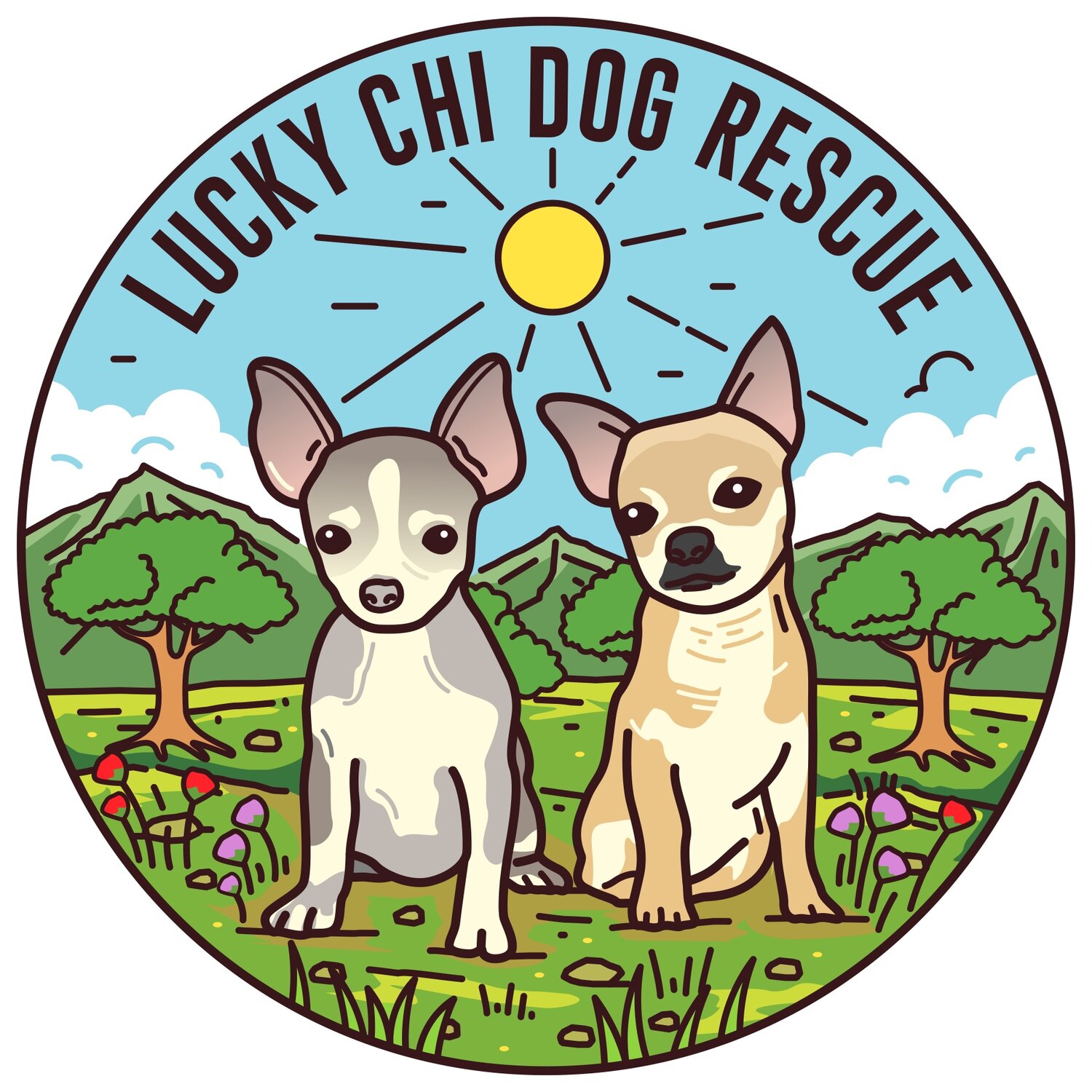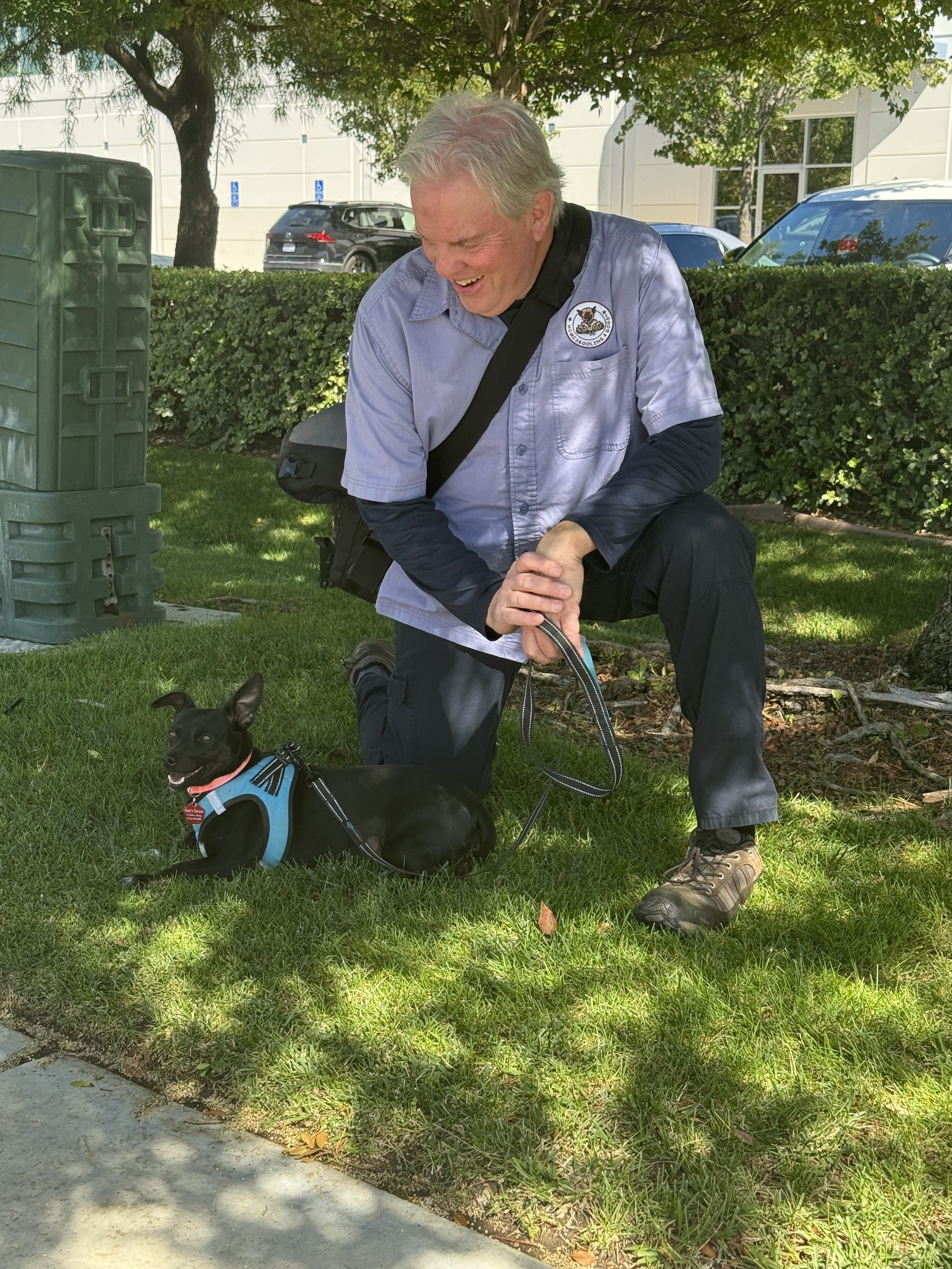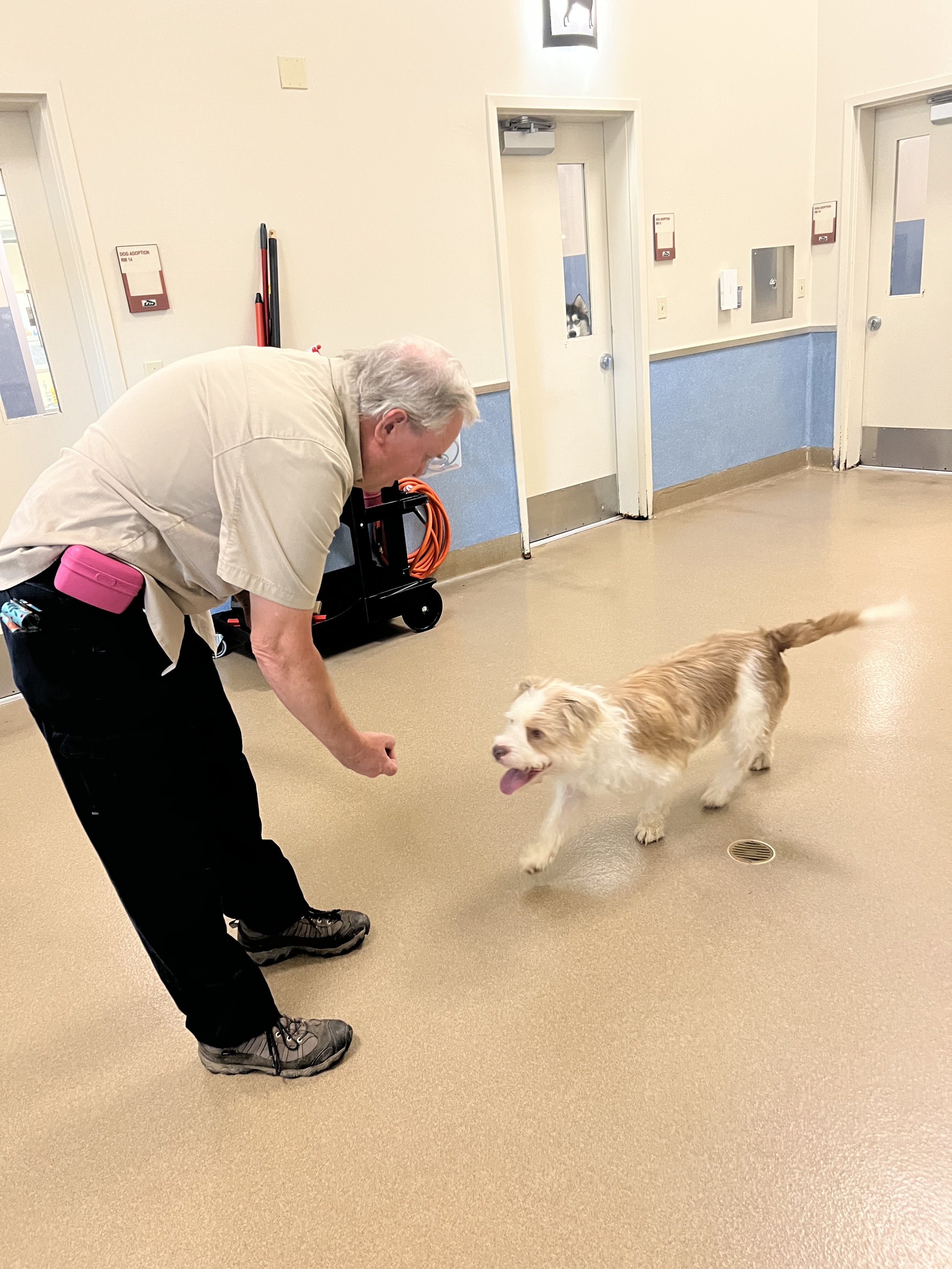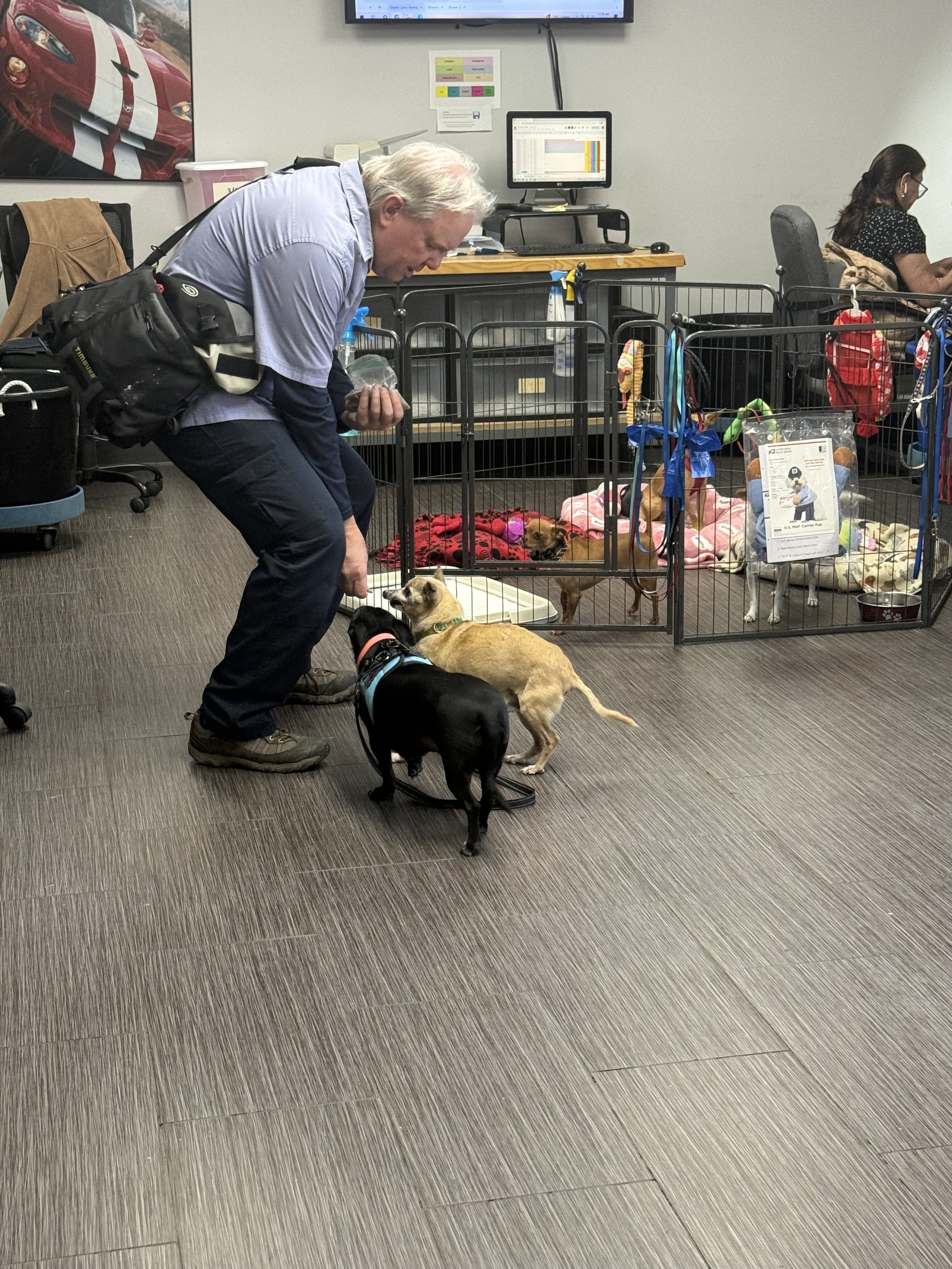Little Paws, Big Lessons:
Dog training tips by Glenn Massie of Homeskooling 4 Dogs
Visit their website for more tips!
To paraphrase Forrest Gump, rescue and shelter dogs are like a box of chocolates, you never know what you’re gonna get. Some dogs are “WYSIWYG”, What You See Is What You Get. Others not so much, since they can be inhibited or act out when they find themselves in a strange place around people they don’t know.
Dogs commonly display behaviors out of stress, anxiety, and frustration such as, barking, jumping, spinning, chewing, among others.
When we work with dogs, we have to work with the dog in front of us, meaning generalizations are helpful to understand dogs’, but generalizations apply to a group, not to an individual.
When we work with shelter or rescue dogs, we first determine what an individual dog needs. Some just need some basic training like sit, stay, and learning self-control. Others, we need to take more time and let them acclimate to their new environment before we can work on training basic behaviors. With some, we need to build their confidence around people and sometimes the environment. Often confidence building starts with food stuffed dog toys. The right toys can help build confidence, reduce boredom, and reduce stress for dogs.
In addition to reducing stress, anxiety, and frustration, toys can be part of our plan to work through behaviors such as, barking, jumping, spinning, chewing, among others.
Before we start to train dogs, it’s important that we understand that the foundation for all good training is based on establishing a good relationship built on the foundation of trust, respect, and desire. We want to be their best friend and playmate. We don’t need to be harsh with dogs nor do we need to show them who is boss. We just need to be in control and not fight for control. Meaning we set them up for success and do as much as possible to prevent them from practicing the wrong behaviors while we are working on teaching them new behaviors.
We need to learn how to communicate with our dogs and make training easy enough for our dogs to understand. Dog training should not look like a feeding disorder, nor a class on inflicting punishment. Our dogs should desire to be with us even when we don’t have food. Being pleasant with your dog does not make you a pushover; it only makes you enjoyable to be around. After all, you want to treat your dog like family, not a competitor.
When I train dogs, I strive to make the training fun and easy enough for dogs to understand.
Part of training dogs is understanding that mandatory education/training can be a challenge. After all, learning is hard if it’s something you didn’t choose! So we need to focus on making training fun and rewarding. Dogs, like people, need a reason to do sometime (ROI). We all do things that are desirable or benefit us in some way. So does your dog! Because it’s almost impossible to teach a person or dog against their will.
So to start, we need to know what our dog considers rewarding and in what order of preference. Types of rewards can be praise, touch, food, toys, play, and/or activities.
Next, we consider the following: What type of praise gets the most enthusiasm? What foods do they desire? Favorite toys, play and activities? These help to create our “reward ranking” of:
Okay
Good
Better
Best
Bestest* (*Bestest can be found in the dogs’ dictionary)
I think it’s important for dogs to learn the basics like sit, down, stay, come, etc… but two of the foundational things I start with are teaching dogs the “smile” game and playing fetch with a toy.
The smile game is taught in three steps and its purpose is to teach dogs self-control, and to read human emotions. It’s done by teaching dogs to look at us without us asking, and then we smile and deliver a food treat to the dog. As the dog grasps the concept of the game, we can increase the value of the reward and build greater self-control in the dog. We don’t want dogs training us, so the ultimate goal is for our dog to learn that good things happen when we smile, not that looking at us entitles them to a reward.
The other important thing to teach is playing fetch. Not only do games with toys help strengthen social bonds and exercise both minds and bodies, they also lay a foundation for teaching self-control for things like chasing and coming when called.
Additional Resources:
Dog Desires List:
https://www.homeskooling4dogs.com/homeskooling-blog/2023/5/27/your-dogs-desire-list
Dog Toys:
Treat Dispensing Dog Toys:




